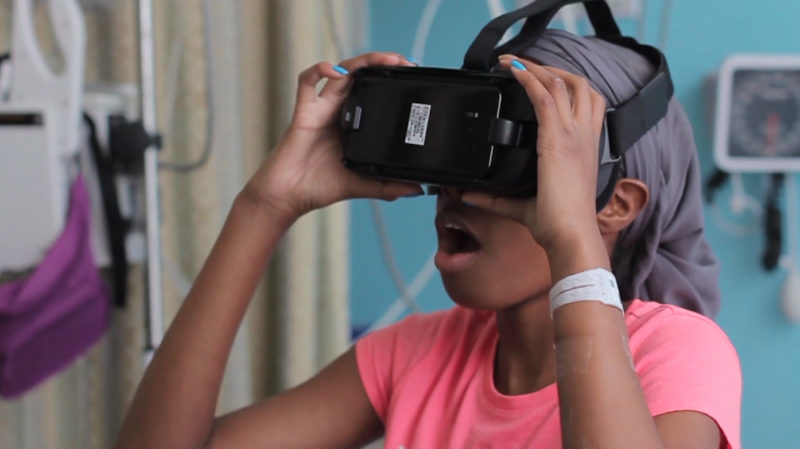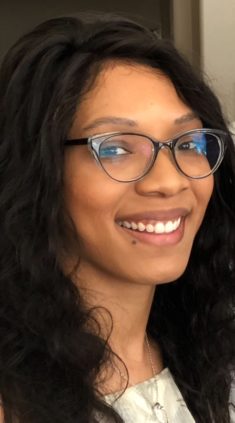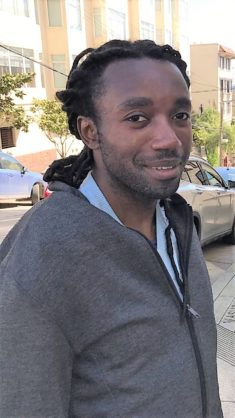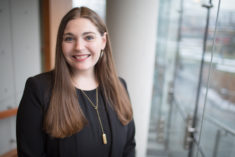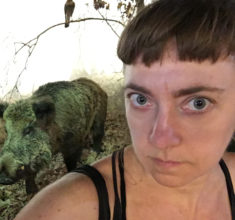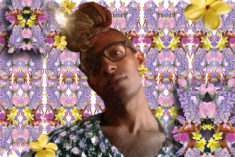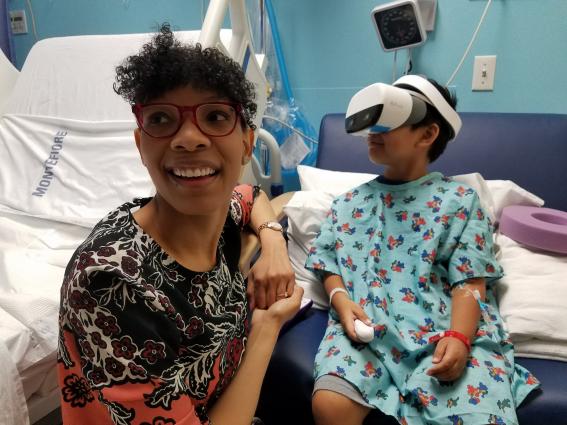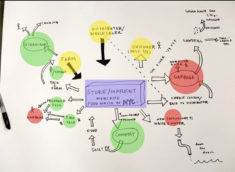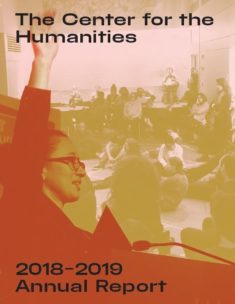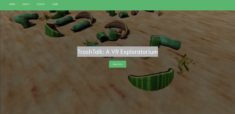About this project
Who we are
This research team combines the professional and creative intelligences of healthcare specialists, scholars, visual artists and curators, sound and media producers, CUNY faculty, and CUNY graduate and undergraduate students to develop and provide innovative and impactful healing strategies for pediatric patients.
The Montefiore Einstein Fine Art Program and Collection has long spearheaded a movement in the medical humanities to consider the ways that art can and should work as a healing mechanism. Now working with the Collective Voice: Digital Conversations in Public Space research team as part of the Mellon Seminar on Public Engagement and Collaborative Research from the Center for the Humanities at the CUNY Graduate Center, this project utilizes the creative and qualitative research skills of CUNY students and faculty to support Montefiore in their mission while simultaneously providing unique collaborative opportunities for the CUNY community.
Working with the talented and inventive team at Planeta Studio, this project is building a platform for play, learning, communication, and exploration for pediatric patients and their families. Our goal is to benefit and impact the patients at Montefiore, while simultaneously building a model that inspires creative patient-centered care across the nation and beyond.
What we do
With the needs, voices, and agency of young patients at Montefiore Hospital in the Bronx at the core of this collaboration, the project aims to produce and deliver individualized Augmented and Virtual Reality experiences for children and their families coping with the emotional and physical stresses of long-term hospital care. By asking, how can public education, New Media Arts and the health sector work together to forge human services that center learning, healing, creativity, technology, and community care, the research team hopes to fundamentally transform the way hospitals are perceived and experienced.

How it works
In Fall 2018 we launched this initiative through multiple, overlapping forms:
The Montefiore Einstein Fine Art Program and Collection, with the leadership of curator Olivia Davis, continued their ongoing work of learning from the needs of families, patients, doctors, childhood development and mental health specialists to understand holistically the patient experience and to launch a new Innovation Lab (The CHIL Zone). Watch this video to learn more about The CHIL Zone:
Two doctoral students at CUNY Graduate Center, Gleneara Bates (Educational Psychology) and Hamadi Henderson (Social Welfare) acted as Ambassadors of Technology, Art and Healthcare, and aided in these efforts by conducting on-site research identifing new technology opportunities that could better patient experience in the hospital. Ambassadors’ findings support patients, families, clinicians, and staff at Montefiore. In addition, data and analysis will was shared with professors and media artists Dominika Ksel and Sarada Rauch and their students at LaGuardia Community College.
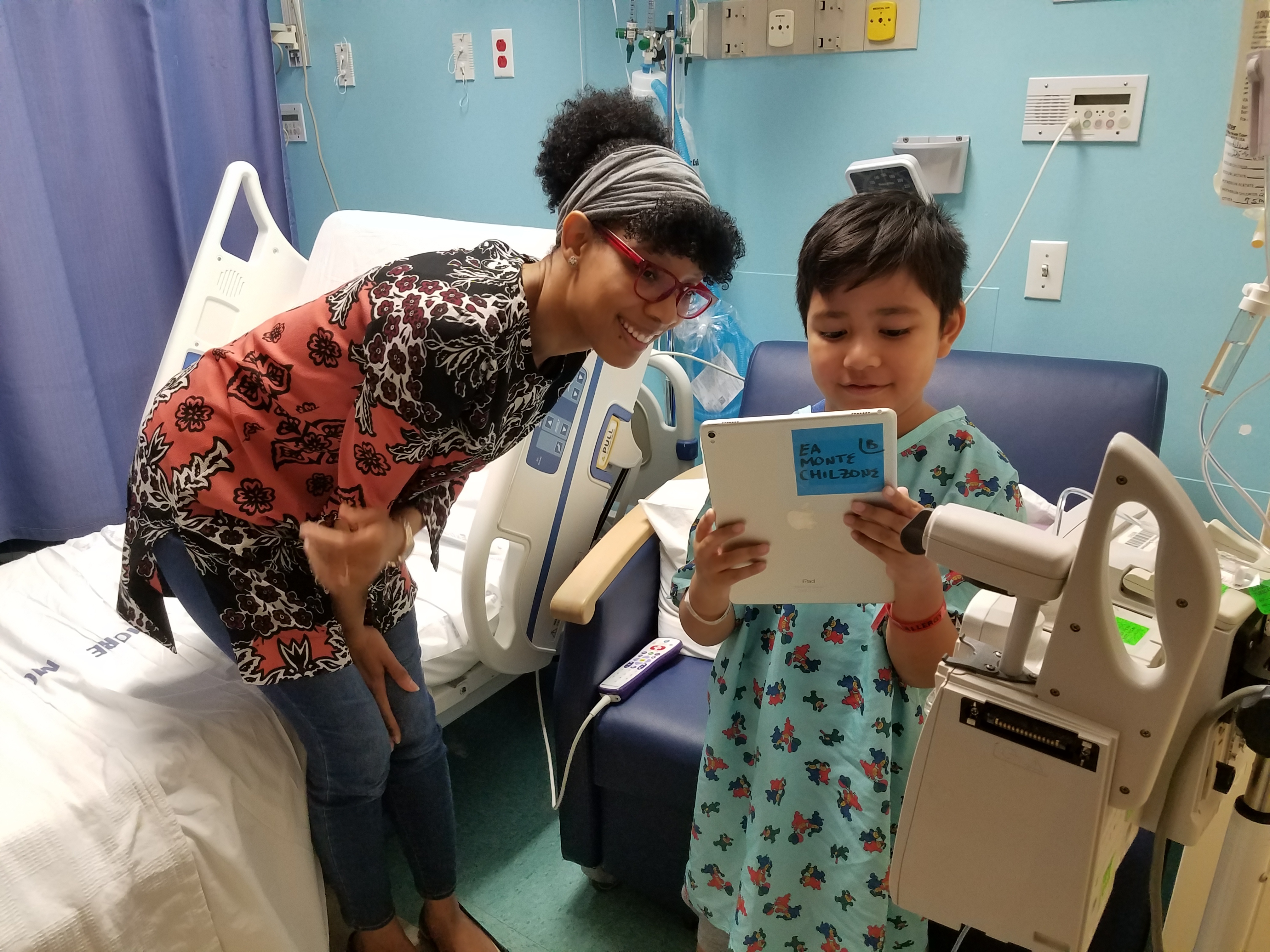
Employing the techniques and methodologies of immersive art, 3D modeling, video and audio editing software, and game design platforms, Ksel and Rauch’s team-taught class, “VR/AR, New Media Arts, Health, and the Environment” will use the findings provided by the doctoral student Ambassadors to create individual and team projects designed for public and patient use at Montefiore Hospital in the Bronx. Their syllabus asks: “Are you interested in developing immersive and interactive works for a “real world” setting like a hospital? Have you ever wondered how art and technology will shape the future of health, environmental issues, and society at large?” The course offers both a theoretical and a hands-on approach to conceptualizing, developing, and integrating immersive media projects into the public sphere.
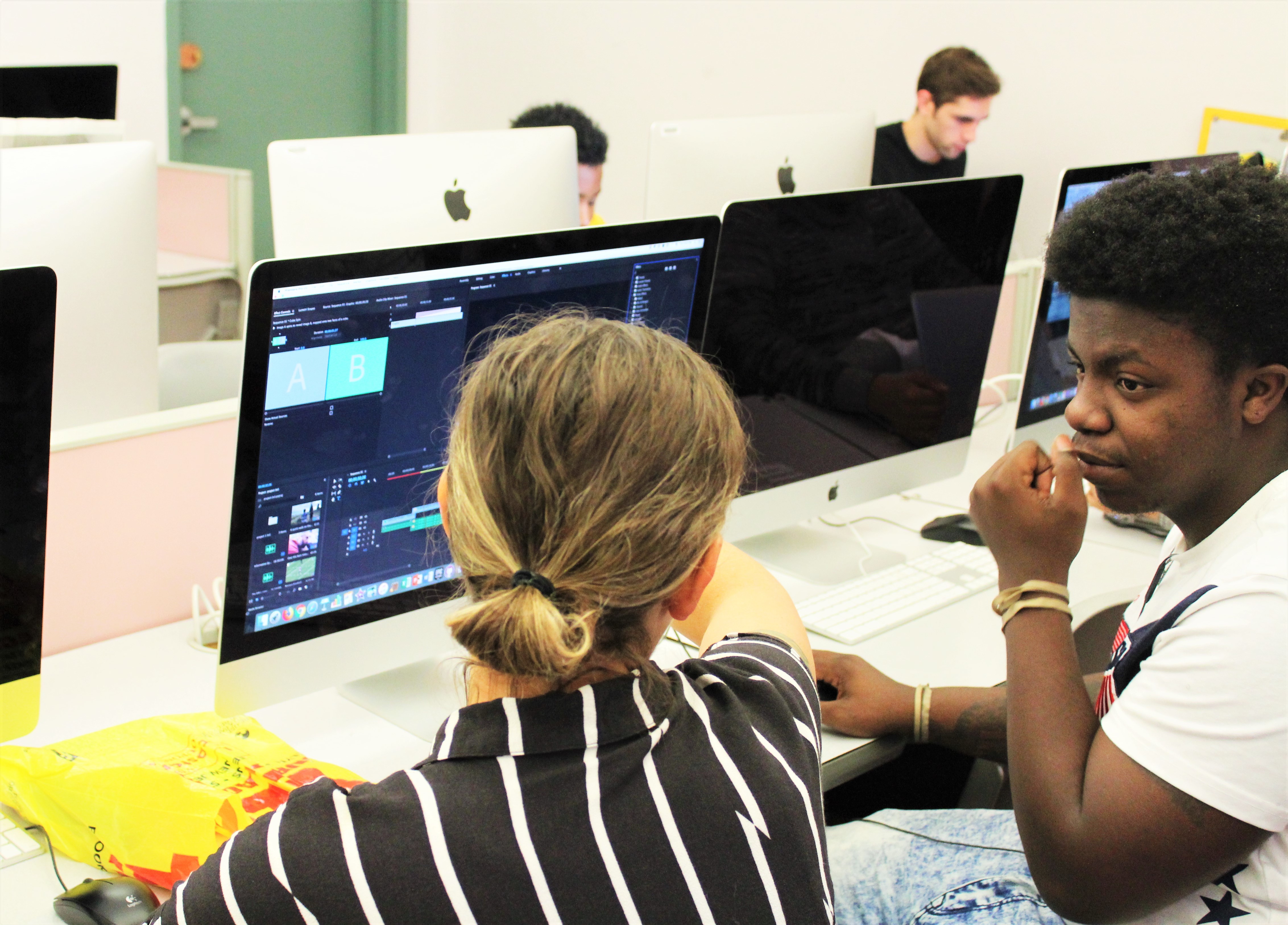
Visit the class' official website for videos, the class blog, photos, syllabus, readings, projects and assignments, examples of VR in journalism, podcasts about media culture and tech, and much more at http://vrarimmersivearts.com/
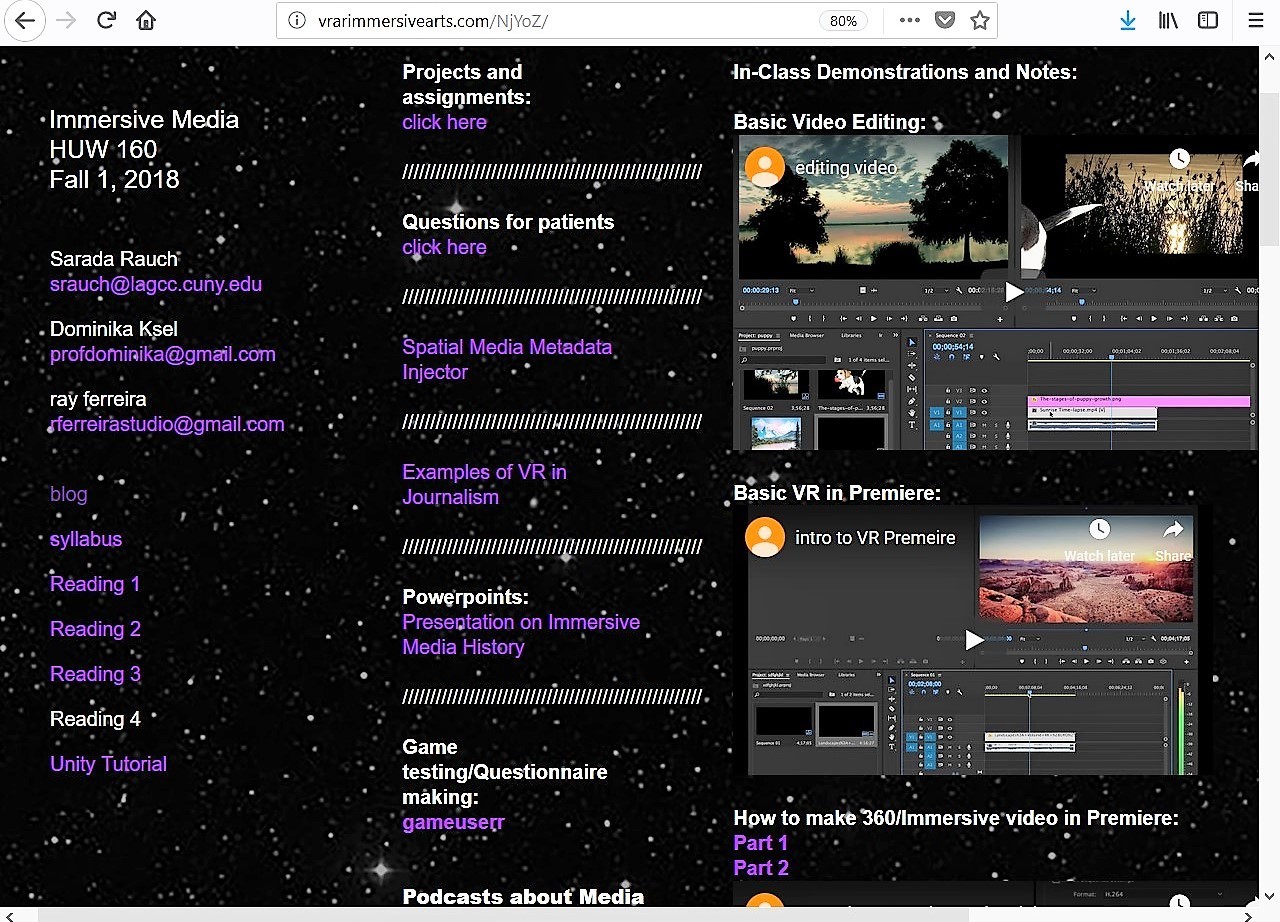
Planeta will concurrently support these efforts by building, from the ground up, a virtual space modeled off of Montefiore Hospital to house these collective digital projects and to collect and share the ideas, thoughts and input of the patients themselves. Ray Ferreira will be the Project Manager for this collaboration.
In addition, Professor Jonah Brucker-Cohen at Lehman College will offer hands-on digital arts workshop, or “hackathon,” at The CHIL Zone.
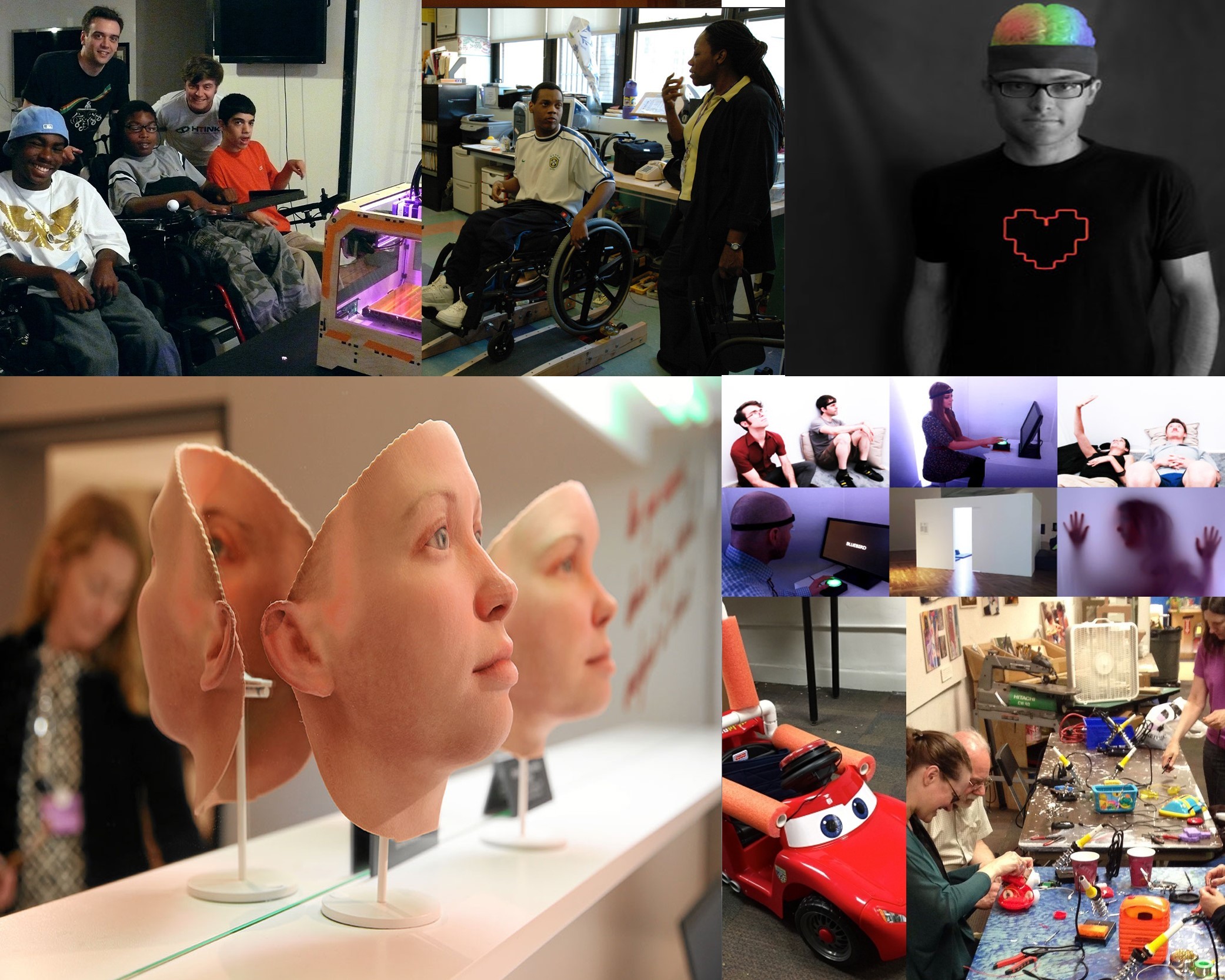
The public event, A Crossroads of Opportunity: Virtual Reality, Media Art, and Medicine Today, organized by Olivia Davis and Professor Brucker-Cohen took place at CUNY Graduate Center on November 8th and offered an insightful conversation on digital innovations in the medical humanities. To watch the video of this event, please click the video below:
Co-sponsored by The Children’s Hospital at Montefiore; The Montefiore Einstein Fine Art Program and Collection; Planeta Studio; LaGuardia Community College; Lehman College; and the Collective Voice: Digital Conversations in Public Space research team from the Center for the Humanities at the Graduate Center, CUNY; and the Digital Humanities Initiative.
